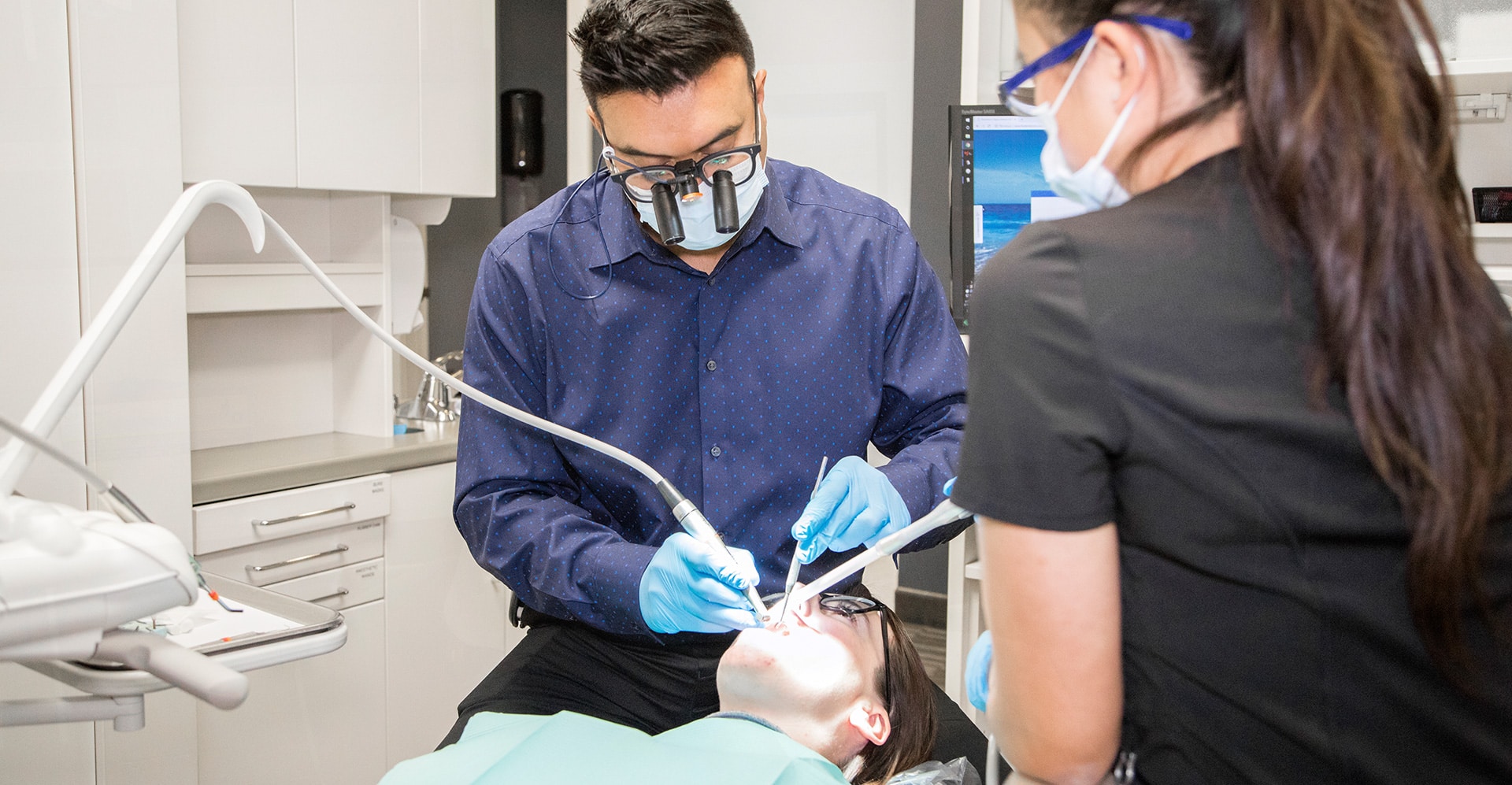- Home
- About
- Services
- Cleanings and Prevention
- COSMETIC DENTISTRY
- PERIODONTAL DISEASE
- WHAT IS PERIODONTAL GUM DISEASE
- DIAGNOSIS
- TREATMENT
- MAINTENANCE
- CAUSES OF PERIODONTAL DISEASE
- TYPES OF PERIODONTAL DISEASE
- SIGNS SYMPTOMS OF PERIODONTAL DISEASE
- MOUTH BODY CONNECTION
- PERIODONTAL DISEASE AND DIABETES
- PERIODONTAL DISEASE HEART DISEASE AND STROKE
- PERIODONTAL DISEASE AND PREGNANCY
- PERIODONTAL DISEASE AND OSTEOPOROSIS
- PERIODONTAL DISEASE AND RESPIRATORY DISEASE
- RESTORATIONS
- ORAL MAXILLOFACIAL SURGERY
- ENDODONTICS
- DENTAL ANXIETY AND FEAR
- DENTAL EMERGENCIES
- ORTHODONTICS
- PERIODONTICS
- PROSTHODONTICS
- PEDIATRIC DENTISTRY
- BABY TOTTLE TOOTH DECAY
- CARE FOR YOUR CHILD’S TEETH
- DENTAL RADIOGRAPHS X-RAYS
- DOES YOUR CHILD GRIND HIS OR HER TEETH AT NIGHT
- ERUPTION OF YOUR CHILD’S TEETH
- FIRST VISIT
- FLUORIDE
- GOOD DIET
- HOW OFTEN SHOULD CHILDREN HAVE DENTAL CHECKUPS
- HOW TO PREVENT CAVITIES
- MOUTH GUARDS
- WHY SEE A PEDIATRIC DENTIST?
- WHY ARE PRIMARY TEETH IMPORTANT?
- WHEN WILL MY BABY START GETTING TEETH?
- WHEN SHOULD CHILDREN HAVE THEIR FIRST DENTAL VISIT?
- WHAT’S THE BEST TOOTHPASTE FOR MY CHILD
- WHAT IS PULP THERAPY
- TONGUE PIERCING
- SIPPY CUPS
- SEALING OUT TOOTH DECAY
- PERINATAL AND INFANT ORAL HEALTH
- PEDIATRIC DENTAL APPLIANCES
- PACIFIERS AND THUMB SUCKING
- SURGICAL INSTRUCTIONS
- WISDOM TOOTH EXTRACTION
- DENTAL SEDATION
- ROOT CANAL TREATMENT
- TMJ DISORDER TREATMENT
TMJ DISORDER TREATMENT
- Reviews
- Contact


